Third in a series about the BC Sugar records
Office work has changed dramatically over the last few decades. This fact is driven home daily as I process 100 years of BC Sugar records. This is especially true with regard to the company’s correspondence, and I’d like to share my archivist’s observations on the way these records were produced and organized over the years.

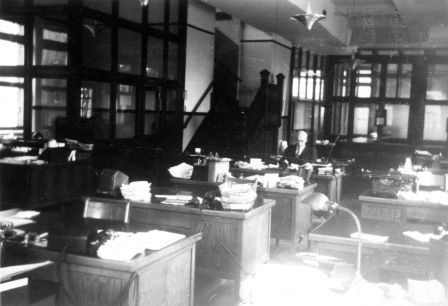
The vast majority of the correspondence created in most offices today is email. Most of us create new email threads every day without a thought to the medium’s rather short history and the convenience of this form of communication. Emails are sent around the world and between people who sit within a few steps of each other with the same ease and amount of thought. Not that long ago, office technology was very different.
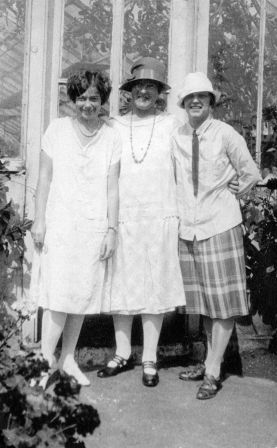
Here is a small taste of office technologies that I have come across in the BC Sugar records so far…
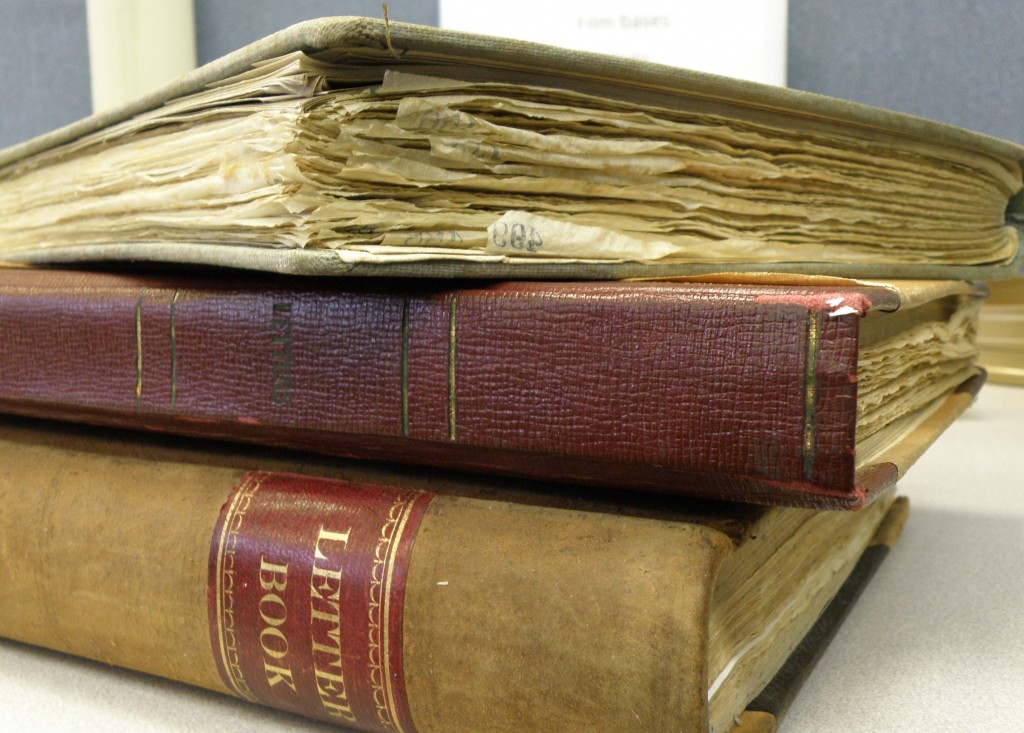
The company’s bound letter books contain copies of outgoing letters. A special non-blotting ink would be used to write (or type) the letter and then within 24 hours the person copying would put a dampened pad between the pages of the letter book and sandwich the letter between it and an oiled cloth. Pressure would then be applied with a mechanical letter copying press.
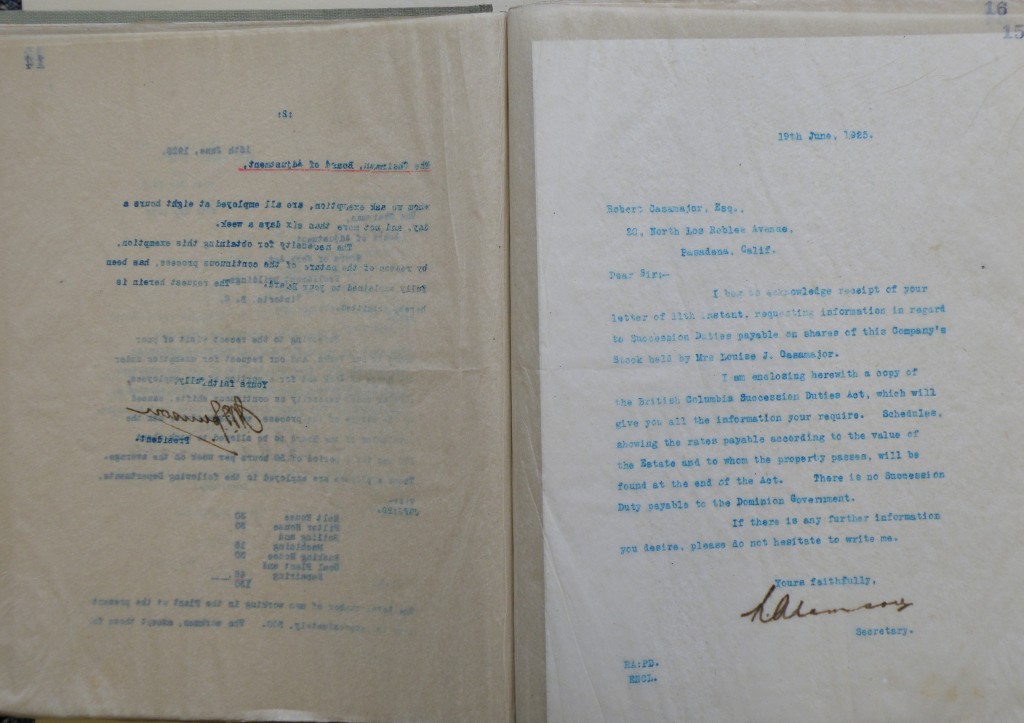
Each page of a letter book was numbered so that individual letters could easily be referred to and to ensure that if an individual page was removed it would be missed from the sequence. Using the page numbers, it is also possible to keep a log by last name of addressee in the front index section.
This system was used from the start of the company in 1890 up until the late 1940s. BC Sugar records also include many personal records of the Rogers family including personal outgoing letter books of Benjamin Tingley Rogers.
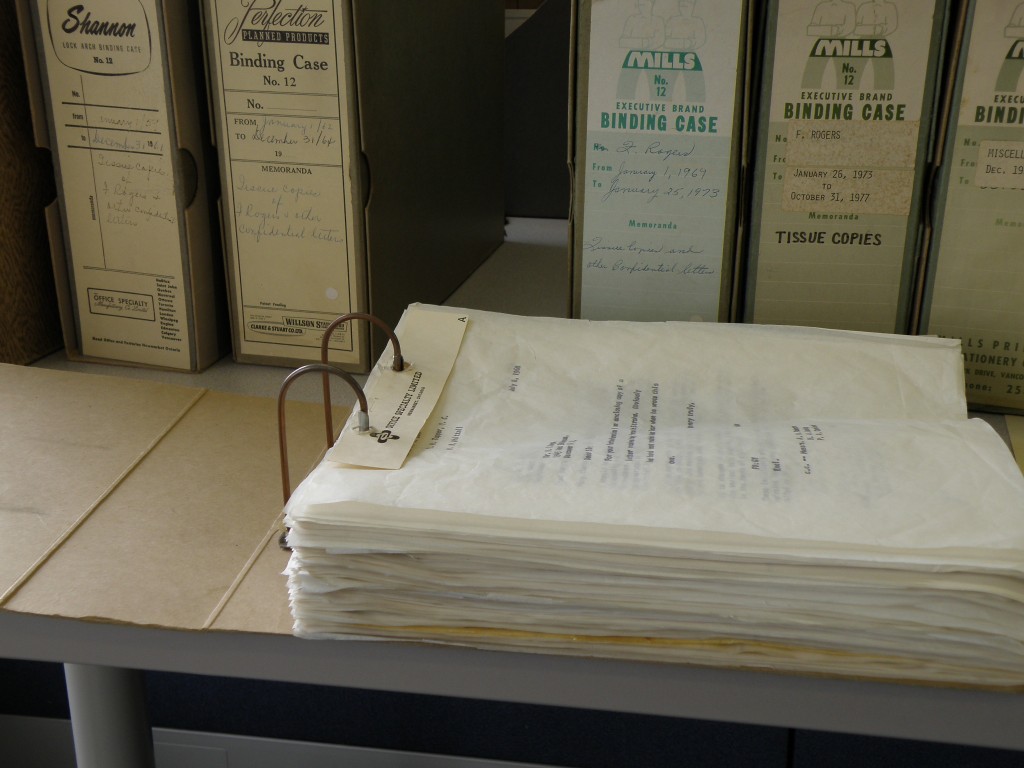
Once upon a time, offices kept carbon copies of outgoing correspondence filed alphabetically by the last name of the author and by date. This system of carbon copies of typed outgoing letters was used at BC Sugar for over 20 years, from the 1950s to the late 1970s. A sheet of carbon paper was placed between two sheets of paper and pressure applied through the typewriter to the top sheet caused the pigment from the carbon paper to make a mark on the copy. Multiple copies can be made by stacking several sheets each with a carbon paper layer. It is through the use of carbon paper that the term “carbon copy” and the abbreviation “cc” came into common use for anyone receiving a copy of an original letter.
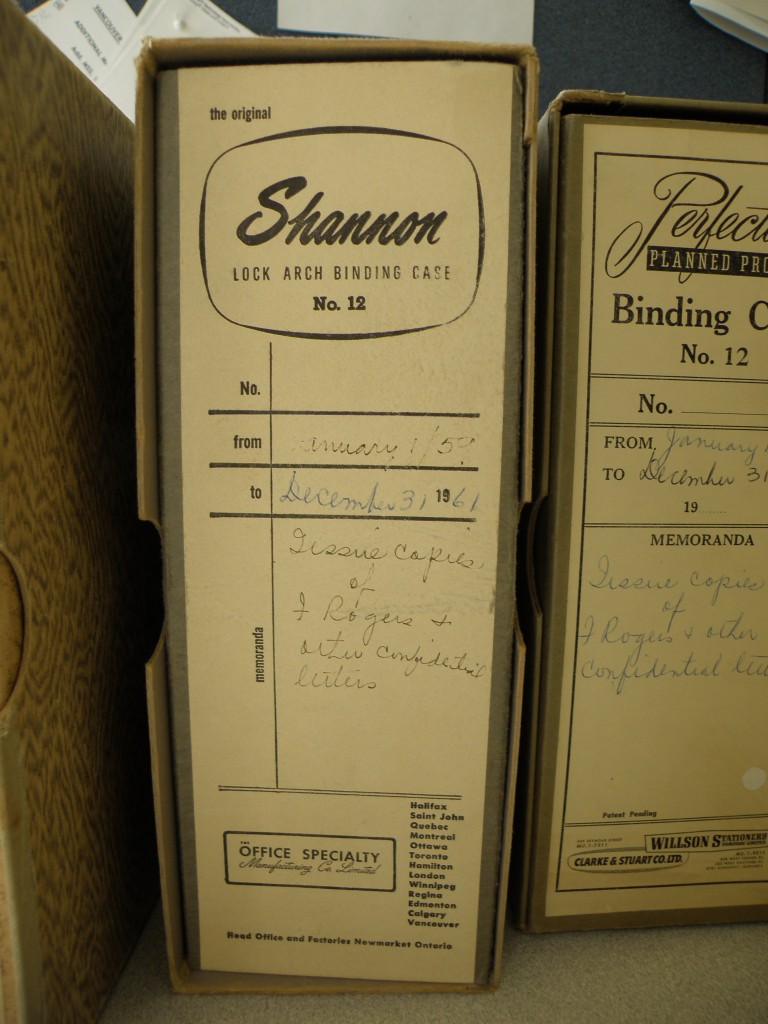
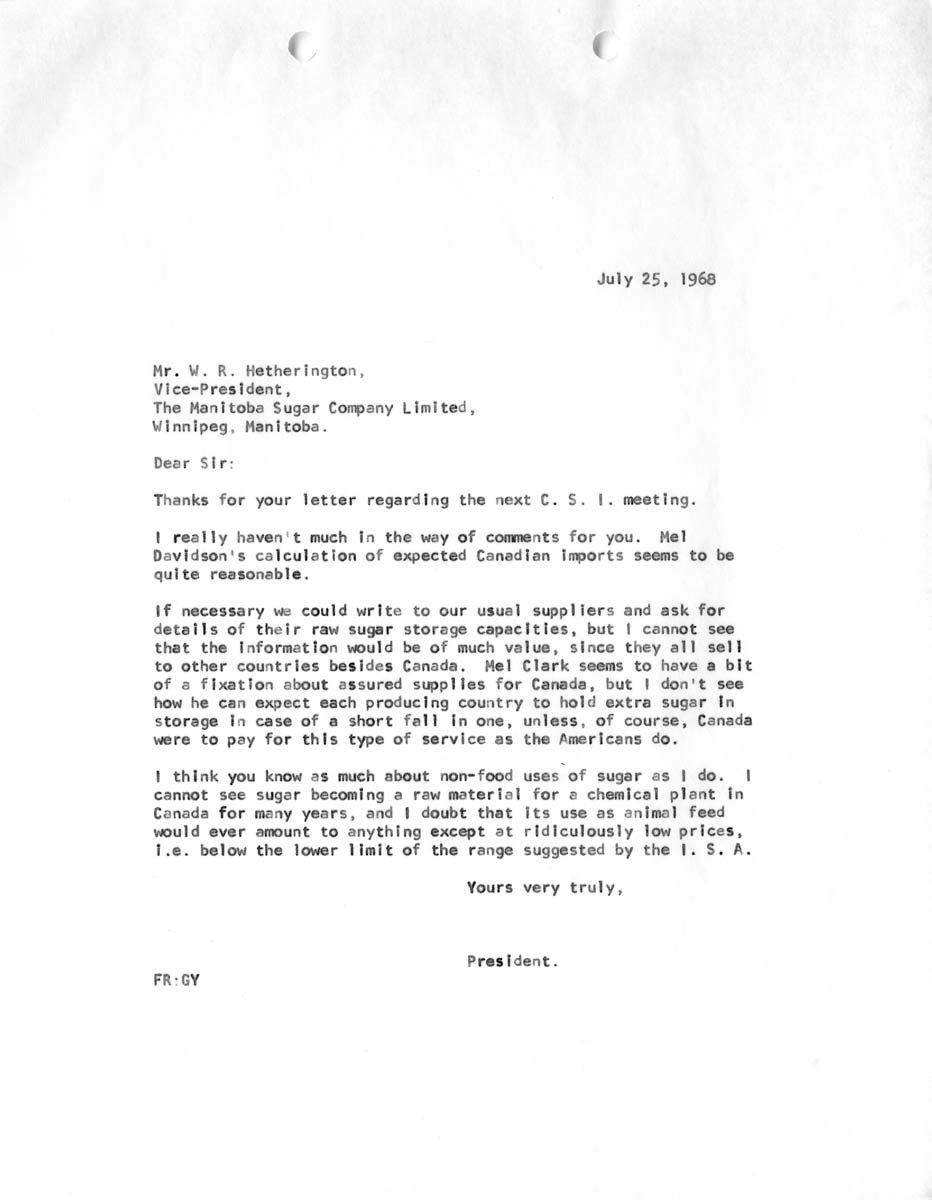
The BC Sugar records also include transcriptions of long-distance telephone conversations, mostly dating from the 1940s. Many transcriptions include the words ‘CHANGE OF CYLINDER’, which means that the conversation was being recorded by engraving lines on a wax cylinder with a stylus. Popular office cylinder recorders were made by Dictaphone.
The recorder would be attached to the telephone to capture both sides of the conversation. Secretarial staff would play back the cylinder to transcribe the conversation, then the lines on the cylinder would be scraped off and it would be ready for repeated re-use in this way until all the wax had been removed. By the end of the 1940s, wax cylinder recording had been nearly phased out of office work. The Archives holds no examples of wax cylinders, we just have the evidence of them through meticulous transcription.
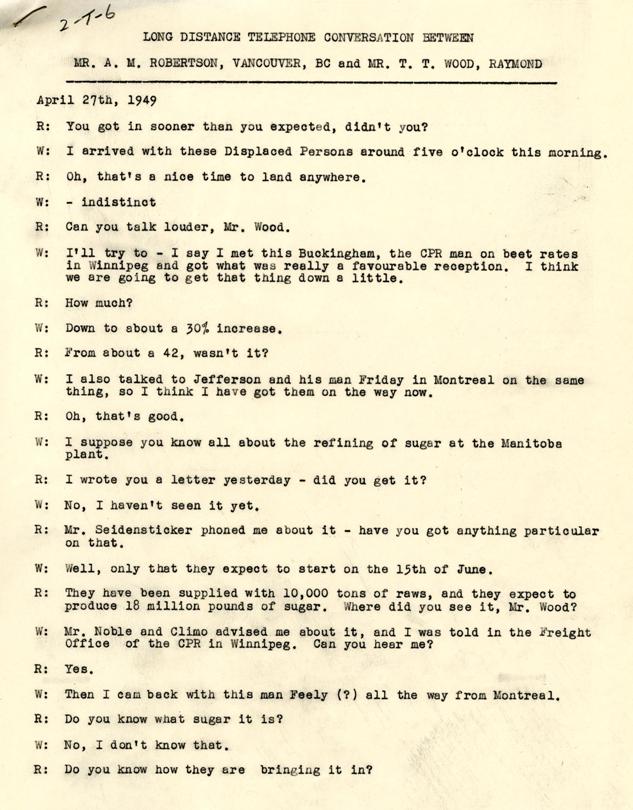
In the above example note the offhand mention of ‘Displaced persons;’ Mr. Wood was helping some Jews who arrived from Holland.
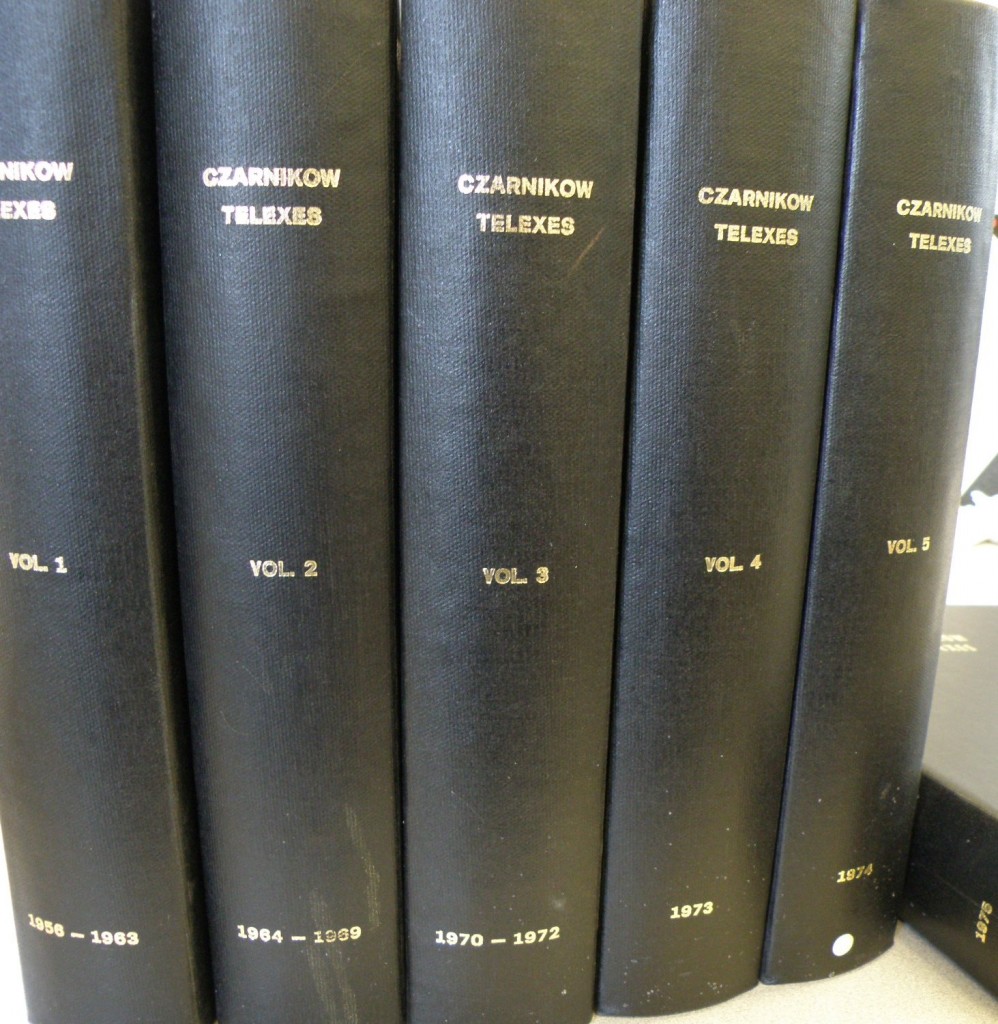
Telex was a way of sending text messages through a separate network of modified telephone lines. The sender would usually code a message by punching holes into paper tape, then the message would be sent by running the tape through the Telex machine and would be printed at the receiving end. Telex could also be used in real time to have a conversation. Telex was invented in Germany in 1926 and first became operational there in 1933. By the time Telex first became available in Canada in 1956, Canadian Telex customers could connect with several dozen countries. Telex was used at BC Sugar from first year the service was available until 1975.
The real fun is inside the company’s Telex binders where you can read the conversations that took place typed across oceans. Here is a sample page from 1956. Take a moment to count the countries mentioned and consider just how international and sophisticated the sugar market was.
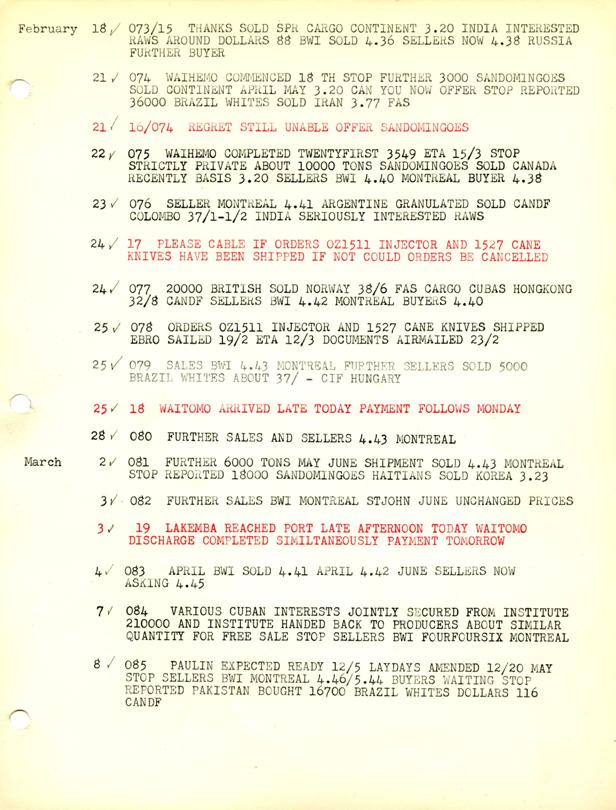
One of the advantages that Telex had over faxing was the ability to verify the identity of the recipient. At the beginning and end of an exchange the sender would transmit a WRU (Who aRe yoU) code and the recipient machine would automatically send an identifying code. BC Sugar used Telex mostly for the purchase and negotiation of buying raw sugar. They were called the Czarnikow Telexes, as Czarnikow & Co was, and still is, the major player in the global trade of sugar. If you visit their website, you can view a gallery of Czarnikow office photos from 1922. The gallery includes a photo of A.T. Jenkinson and H.J. Sayers of the Canadian department.
I recently found out that my Dad used a Telex machine at his work in the 1970s. It was way cooler than faxing, with real-time typed conversations at a speed of 66 words per minute! It had all the inside jokes and instantaneousness of texting but on paper – among others, CU L8R was a common Telex shorthand.
One final bit of ephemera found in with the records and correspondence was a bottle of Comptometer Oil, which was for the proper care of the office Comptometer, an electronic desktop calculator patented in 1887.
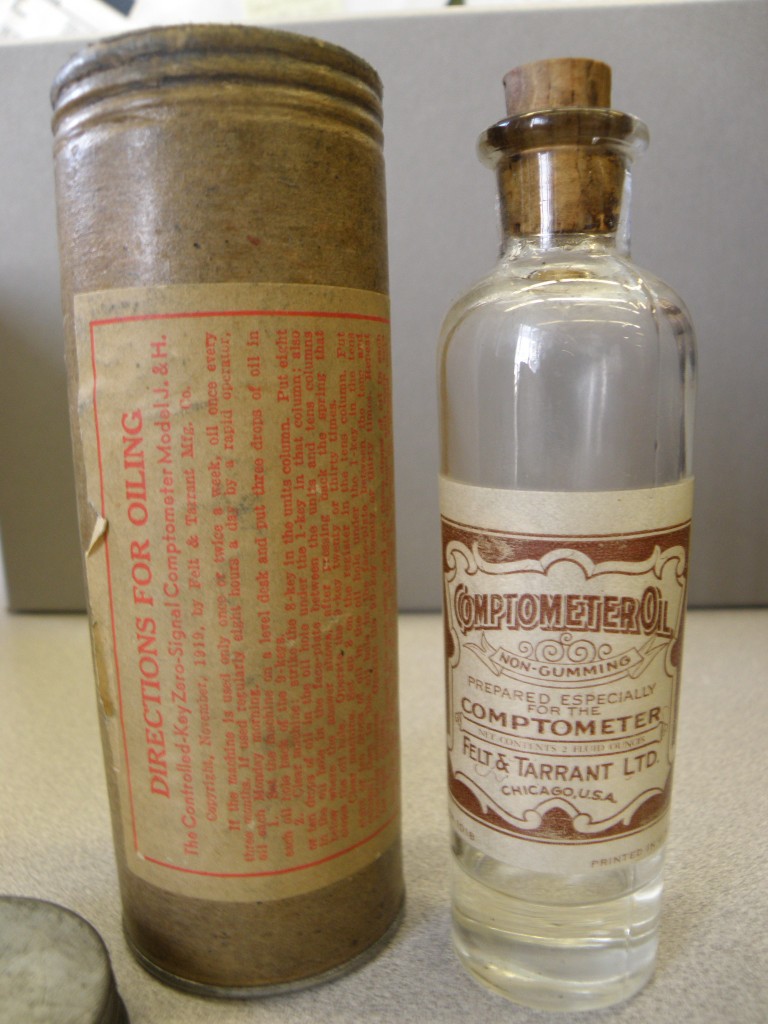
The directions on the cardboard case begin: “If machine is used only once or twice a week, oil every three months. If used regularly eight hours a day by a rapid operator, oil each Monday morning.”
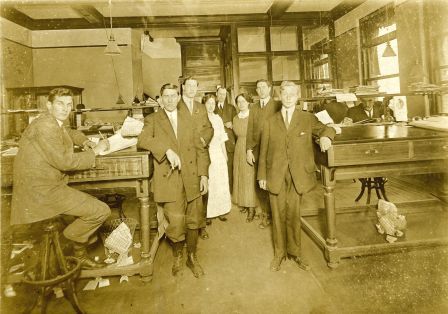
Did reading this remind you of an office experience from your past? Did you oil the comptometer each Monday morning? We would love to hear from you about the office technologies you have used over the years. The mundane office processes and technologies even from the near past are foreign to those who were born digital. Please share your stories.
Over the course of the next couple of years the textual records, photographs, moving image materials, architectural drawings, and other materials in the BC Sugar fonds will be preserved, arranged, described and made available to researchers. We look forward to providing access to and sharing more stories and highlights from this exciting fonds!
The City of Vancouver Archives would like to thank Lantic Inc. for its financial support for the archival processing of the BC Sugar fonds, which has made it possible for the Archives to make these records available to the public at this time.
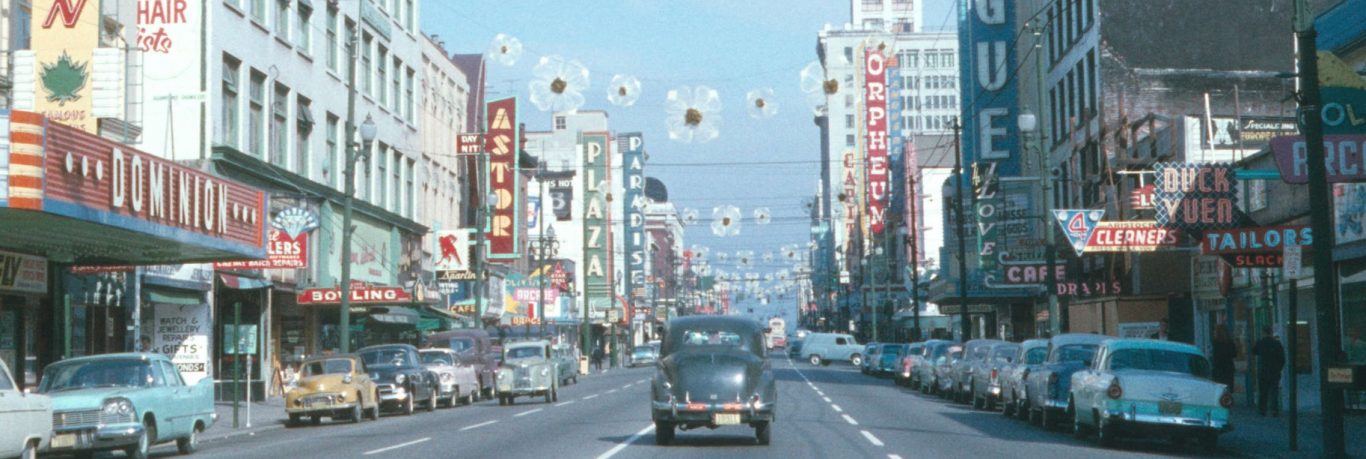


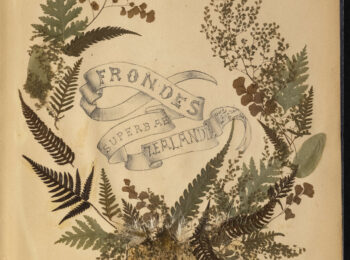
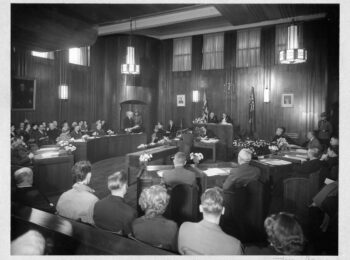
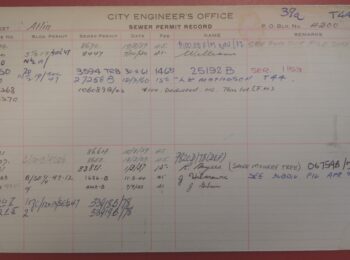
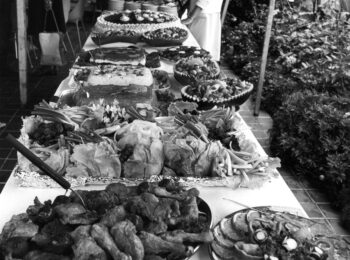
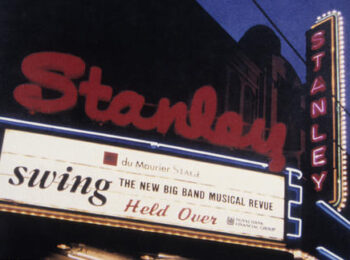
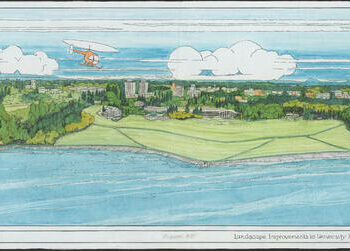
Great article! I’m afraid the comptometer was a bit before my time, but I did know what CC stands for 🙂
I remember Gestetner sheets – have you found any of those?
It was a bit of a shock for some of us here to realize that there may well be folks who don’t know what cc stands for!
We haven’t come across any Gestetner sheets yet. And no now-blank thermal fax paper either!
“And no now-blank thermal fax paper either!”
I see what you did there 😉
Indeed, I remember Telexes and definitely used carbon paper (I still have some) to produce copies of letters, typed and handwritten. It seems a long time ago…